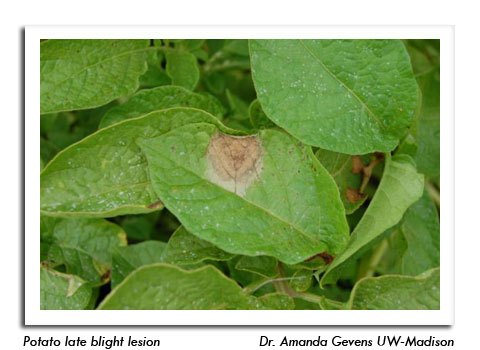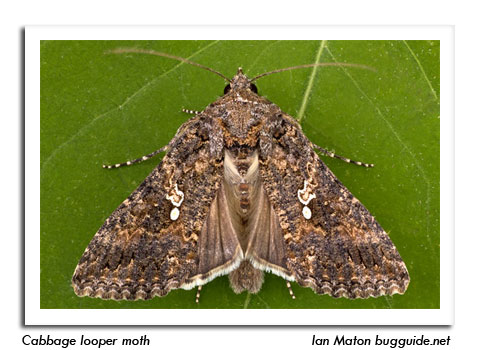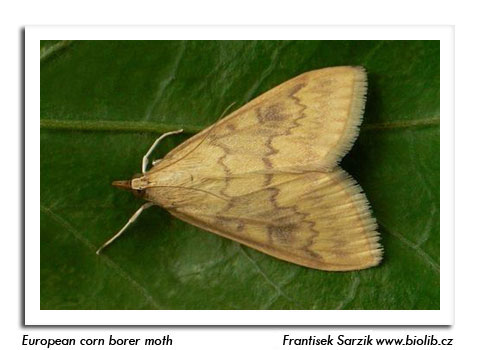
 |
|
|
Vegetables
Volume 57 Number 16 Date 08/02/2012 LATE BLIGHT - Two separate cases of late blight were confirmed on July 31, one in Adams County and the other in Barron County. Based on the geographical distribution of the infected fields and likelihood of aerial spore movement across the central and northern areas in the past week, the UW-Madison recommends immediate fungicide treatment of all Wisconsin potato fields. Scouting efforts should also be intensified, concentrating on field corners and areas sheltered by trees, where late blight symptoms first appear. Plants infected with late blight must be destroyed and properly disposed of to prevent spread of this disease. CABBAGE LOOPER - The Chippewa Falls trapping location registered low numbers of moths for the second week in a row. Although there is insufficient trap data to indicate the full extent of the current flight, weekly scouting is advised this month and through early September. A 10% infestation threshold should be used from early heading until harvest to protect the market quality of cabbage. The same threshold applies to broccoli and cauliflower once flowers or curds begin to develop. SPIDER MITE - Persistent hot, mostly dry weather continues to favor mite population growth. Symptoms have become noticeable on cucumbers, squash and a variety of vegetables since mid-July. Gardeners and fresh market growers should monitor plantings for mites and consider treatment for severe infestations. Control options include insecticidal soaps or conventional miticides, but these products also reduce natural enemy populations that are instrumental in regulating spider mites. EUROPEAN CORN BORER - The black light trap count at Sparta in Monroe County increased sharply in the last week, from 31 to 121 moths per trap. This development emphasizes the need for continued monitoring of snap beans, sweet corn, peppers, potatoes and tomatoes through mid-August. --Clarissa Hammond, DATCP Pest Survey Program 




|
|
|